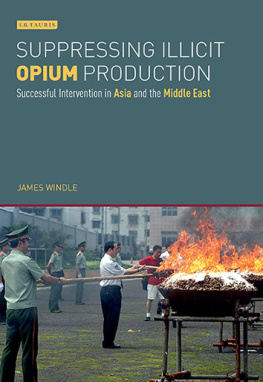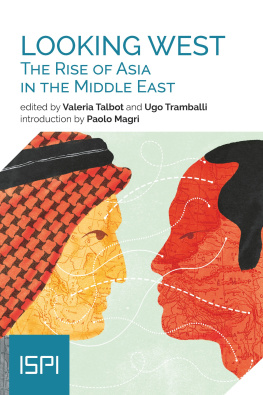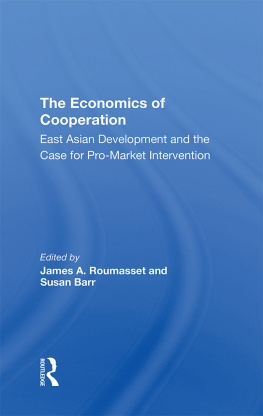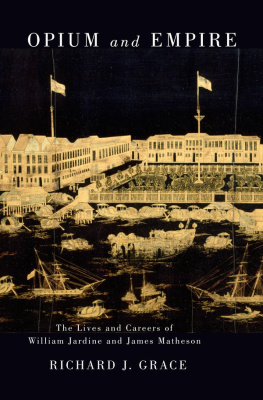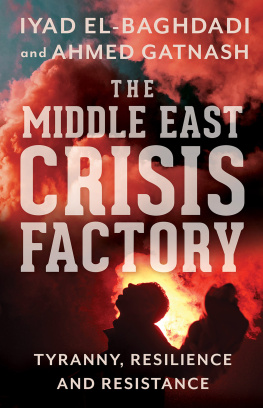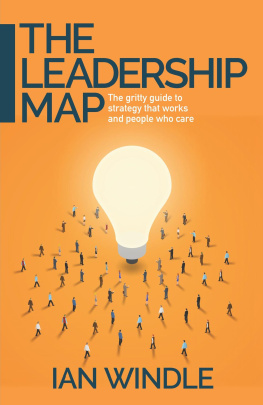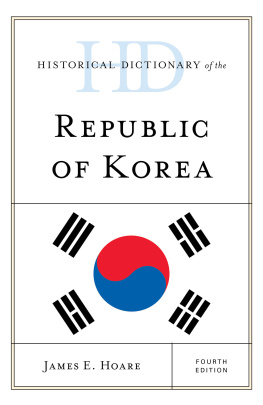James Windle is a senior lecturer in Criminology and Criminal Justice, University of East London. His main research interests are in the areas of international drug policy and strategy, organised crime and illicit enterprise.
As the world increasingly explores global drug policy reform, it is more important than ever to understand Asia's experience with drug crops and markets. One of the reasons Asia does not share Latin America's inclination toward reform is its perception of successful management of its drug trade as well as its history of highly problematic drug production. James Windle has written an invaluable book, bridging the historic experience and defining legacies with current issues. His careful analysis of the effectiveness and shortcomings of drug policies in Asia provides many crucial lessons for Asia, but also for other parts of the world.
Vanda Felbab-Brown, Senior Fellow, The Brookings Institution, and author of Shooting Up: Counterinsurgency and the War on Drugs
Published in 2016 by
I.B.Tauris & Co. Ltd
London New York
www.ibtauris.com
Copyright 2016 James Windle
The right of James Windle to be identified as the author of this work has been asserted by the author in accordance with the Copyright, Designs and Patents Act 1988.
All rights reserved. Except for brief quotations in a review, this book, or any part thereof, may not be reproduced, stored in or introduced into a retrieval system, or transmitted, in any form or by any means, electronic, mechanical, photocopying, recording or otherwise, without the prior written permission of the publisher.
Every attempt has been made to gain permission for the use of the images in this book. Any omissions will be rectified in future editions.
References to websites were correct at the time of writing.
International Library of Human Geography: 32
ISBN: 978 1 78453 581 0
eISBN: 978 0 85772 956 9
ePDF: 978 0 85772 753 4
A full CIP record for this book is available from the British Library
A full CIP record is available from the Library of Congress
Library of Congress Catalog Card Number: available
LIST OF ILLUSTRATIONS
China: opium production (18361911).
China: opium production (192149).
Iran: licit opium exports (18591954).
Iran: licit opium production (18371979).
Iran: diverted and illicitly produced opium (18371993).
Turkey: diverted opium (190772).
Thailand: illicit opium production (19232013).
Thailand: area under opium poppy cultivation (19342008).
Thailand: US/UN eradication data compared.
Thailand: area of opium eradicated/harvested (average UN/US State Department) (19852013).
Thailand: farm-gate price in US$/kg compared with production (19862008).
Pakistan: licit opium production (194779).
Pakistan: illicit opium production (19472013).
Pakistan: area under cultivation (19762013).
Pakistan: US/UN eradication data compared (19872013).
Pakistan: opium eradicated/cultivated (average UN/US State Department) (19872013).
Vietnam: illicit opium production (19862008).
Vietnam: area illicitly cultivated (19512008).
Laos: illicit opium production (19782013).
Laos: illicit area under cultivation (19862013).
Vietnam: opium eradicated/cultivated (19922008).
Laos: opium eradicated/cultivated (19952013).
Afghanistan and Laos: farm-gate price of raw opium in US$ (19862009).
Major opium producers as percentage of arable land (5%).
Major opium producers as a percentage of arable land (0.5%).
The optimal relationship between principal factors.
Afghanistan: opium production (19702013).
Afghanistan: the optimal relationship between factors.
Possible effect of premature law enforcement.
Average US State Department and UNODC production estimates (19872007).
Thailand: production estimate comparison (19802002).
Yield differences.
Tables
Turkey: provinces permitted to produce opium.
Summary table: negative outcome measures.
Summary table: contextual factors present when success realised.
Summary table: principal operational factors.
Data transformation calculations.
Cultivation/production when declared opium-free by UNODC.
Area under cultivation as percentage of arable land.

